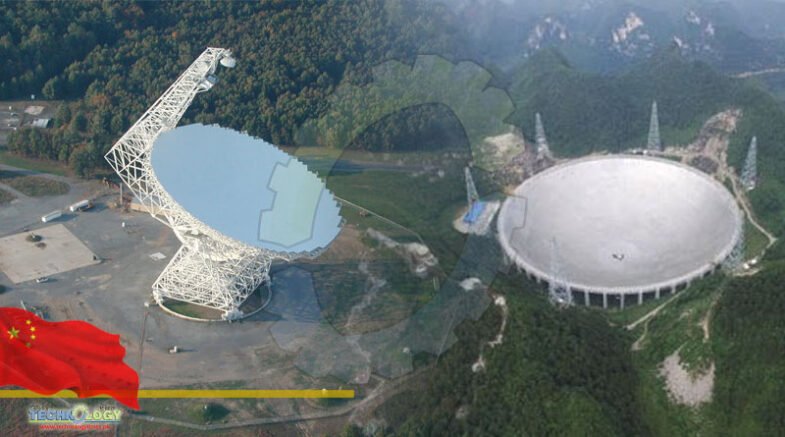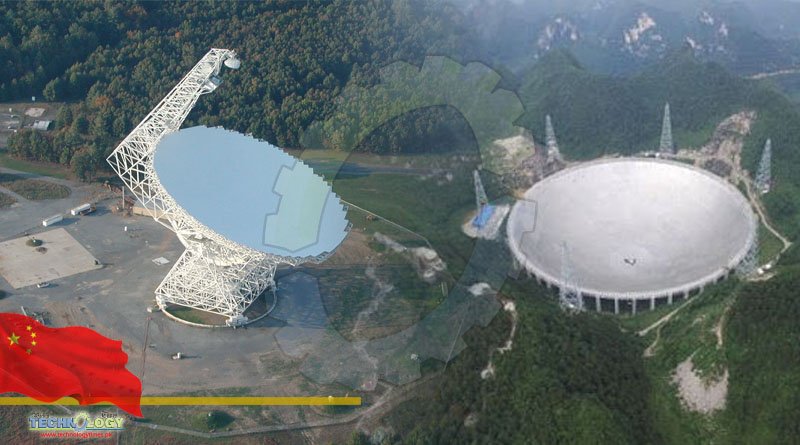One of the key developments to watch for in the coming year in the field of advanced stargazing, is the Xinjiang Qitai Radio Telescope (QTT).

Nature, one of the most forward-thinking scientific journals, published a list of the biggest science events around the world in 2023, which included the world’s largest steerable telescope in Northwest China’s Xinjiang Uygur Autonomous Region and the Jiangmen Underground Neutrino Observatory in southern China, both developed by China.
One of the key developments to watch for in the coming year in the field of advanced stargazing, according to the list published on Monday, is the Xinjiang Qitai Radio Telescope (QTT), which will be turned on for the first time.
The QTT will be the world’s most powerful steerable radio telescope spanning 110 metres by 2028, capable of observing radio waves from meter-level to millimetre with high precision, and can also observe 75 percent of the stars in the sky at any given time, according to an exclusive interview in September with the project builder and future operator, the Xinjiang Astronomical Observatory under the Chinese Academy of Sciences.
The construction of QTT will take six years, according to the mission plan. When finished, it will be the world’s largest and most accurate omnidirectional radio telescope, capable of conducting scientific research in the frontier fields of Nanohertz gravitational waves, fast radio bursts, black holes, dark matter, celestial bodies, and the origin of life, as well as providing strong technical support for future Chinese space activities.
According to Science and Technology Daily, the installation is expected to be another major step forward in the country’s astronomical development after the Five-hundred-meter Aperture Spherical Radio Telescope (FAST).
The Jiangmen Underground Neutrino Observatory in southern China, which uses a detector 700 metres underground to precisely measure the oscillation of neutrinos—electrically neutral subatomic particles—is another science event to look out for next year in the search for physics beyond the limits of current understanding.
Neutrinos are the “hermits” of the elementary particle world, also known as “ghost particles.” With their small masses and lack of electricity, they pass through the human body and the earth with little interaction with matter.
According to media reports, the mass order of neutrinos is the foundation for the study of neutrinos and the evolution of the universe, as well as the central issue in international neutrino research.
According to Nature’s list, other fields such as moon landings, mRNA vaccines, and climate finance will shape research in the coming year.
